Land o' Green: Ireland's Killarney Park

Green Everywhere You Look
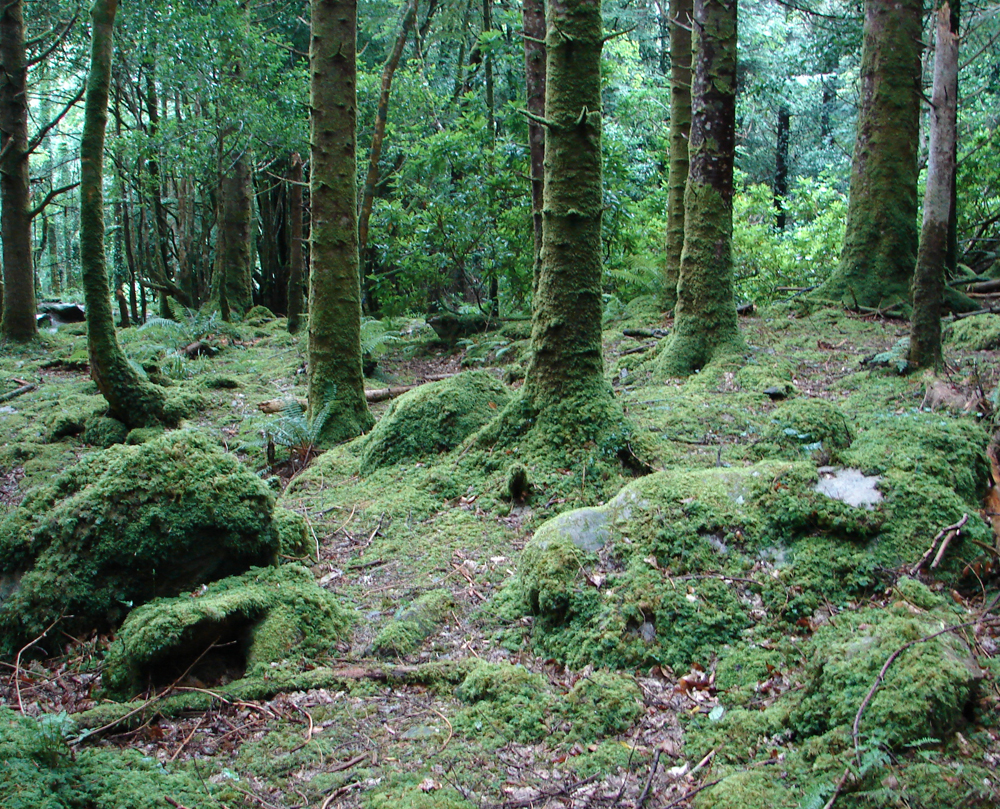
Green covers more space in the visible light spectrum seen by the human eye than any of the other colors of the rainbow. Considered the color of peace and ecology, green is the pervasive color found in nature, signaling the presence of life on the planet Earth.
Emerald Island of Ireland
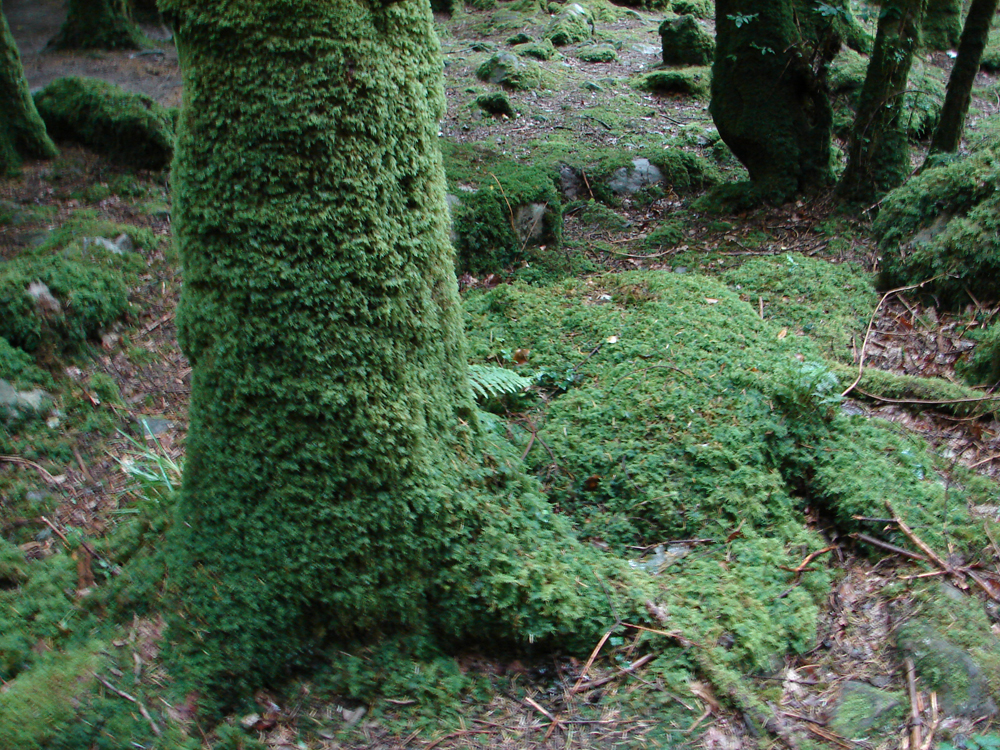
Within the color spectrum, green has a wavelength of approximately 520-570 nanometers. It is not a primary color, but is created from a mixture of blue and yellow. In some parts of the world, green is so prevalent that the whole land becomes named for its presence, such as in the Emerald Island of Ireland. [Related: 5 Green Spots on Earth]
Killarney National Park
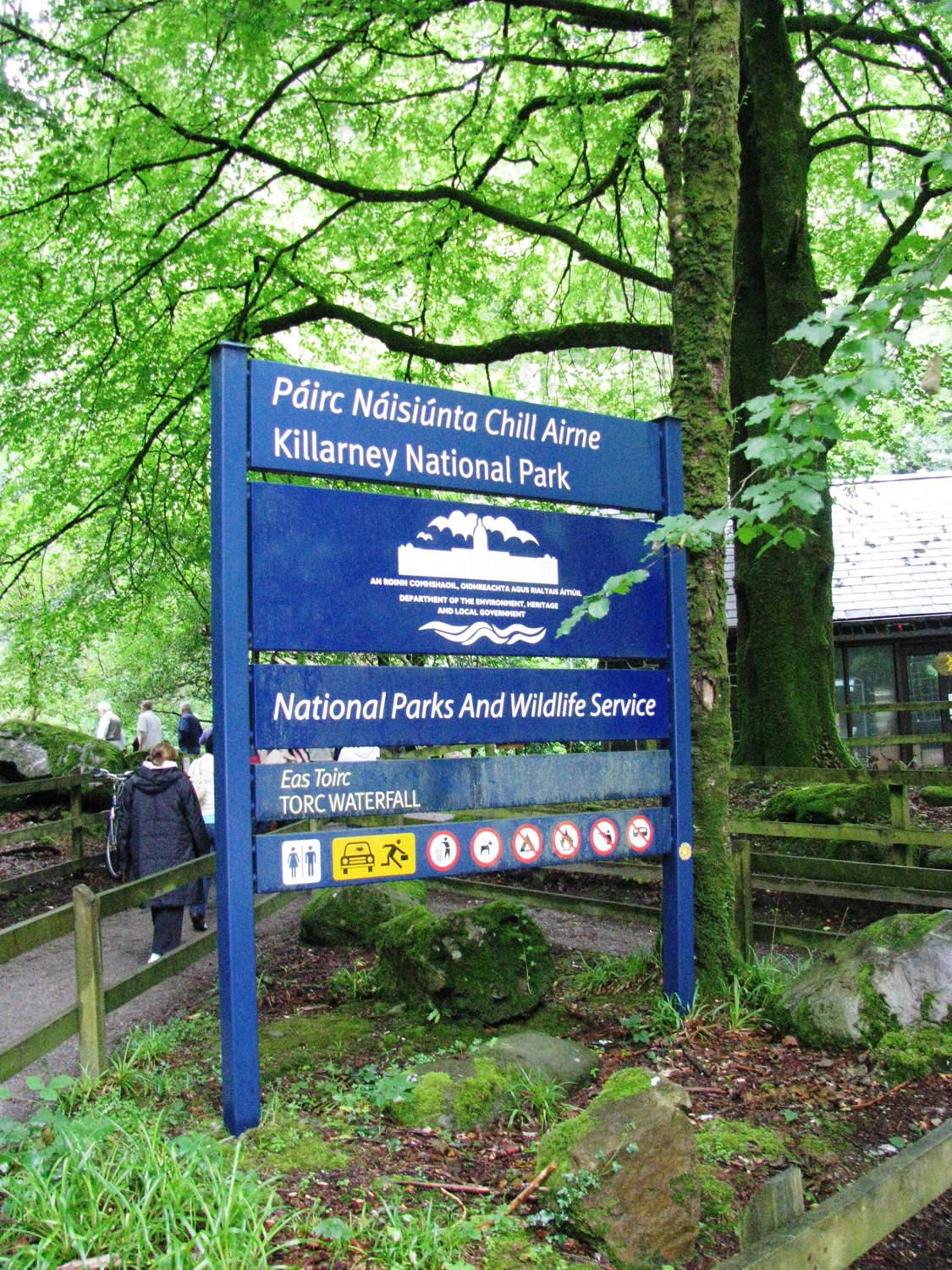
On the western side of the Emerald Isle is found Killarney National Park. Killarney is Ireland's oldest national park, established in 1932. Here the color green is so brilliant and dominant in the oak and yew woodlands that even the wooden fencing and the air within the forests takes on a greenish hue.
Majestic Lakes
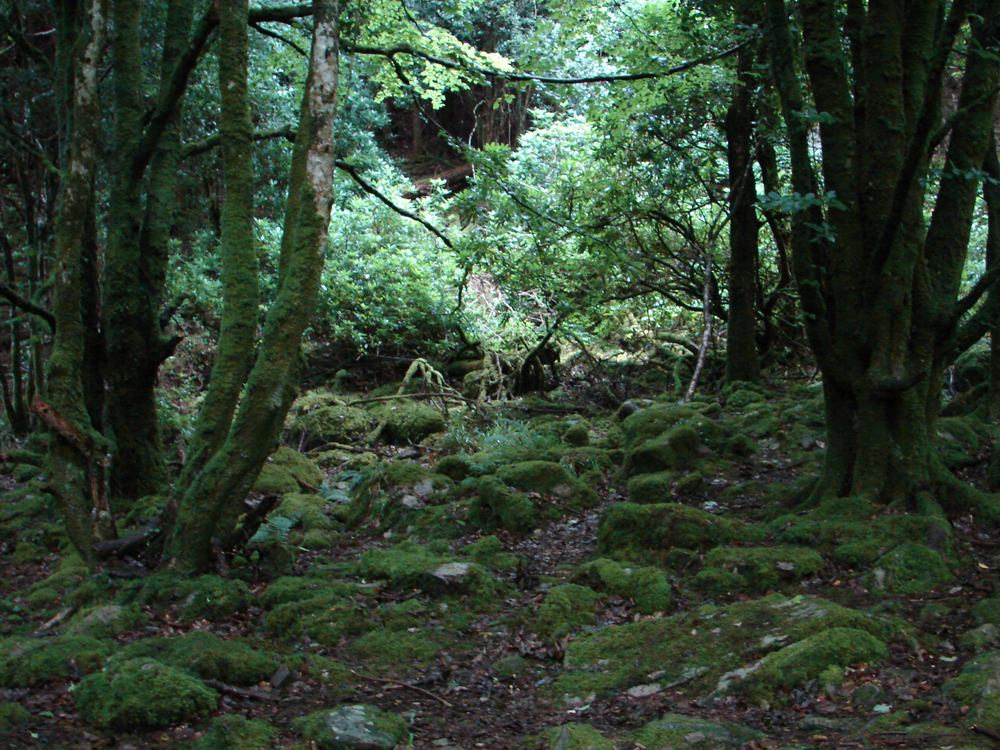
The 25,425-acre park is known for its majestic lakes, mountain peaks and diverse ecology, including Ireland's only native herd of red deer. Here, too, is found the most extensive expanse of native forest still found in Ireland. In 1981 it was designated an UNESCO Biosphere Reserve.
Muckross Peninsula

The common yew (Taxus baccata) woodland is a small area found on the Muckross Peninsula between the middle and lower lakes. It is the rarest habitat found in the national park. The soil here is very shallow and the roots of the yew trees are anchored in the fissures of the underlying limestone. The yew forest creates a dense canopy, blocking the sunlight from the forest floor, resulting in few flowering plants being found.
Mild Climate
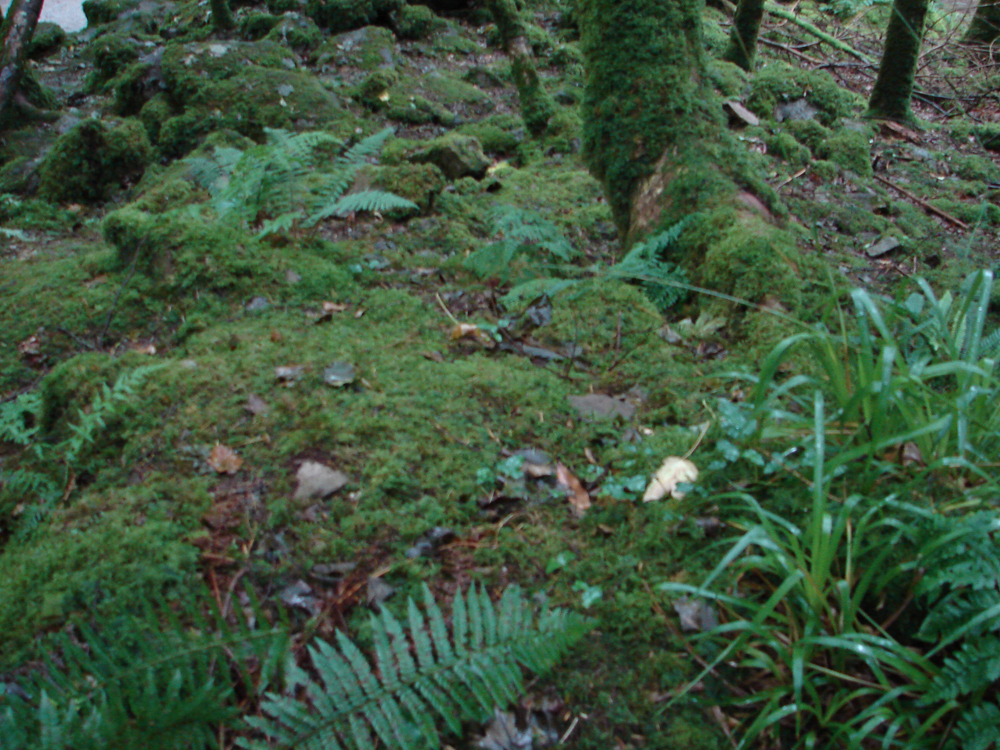
Because of the mild, oceanic climate found in the park, bryophytes (such as mosses and liverworts) are the most common ground cover, with many species flourishing here. Along with rare species of ferns, many of these bryophyte species are not found anywhere else in Ireland.
Forest Mosses
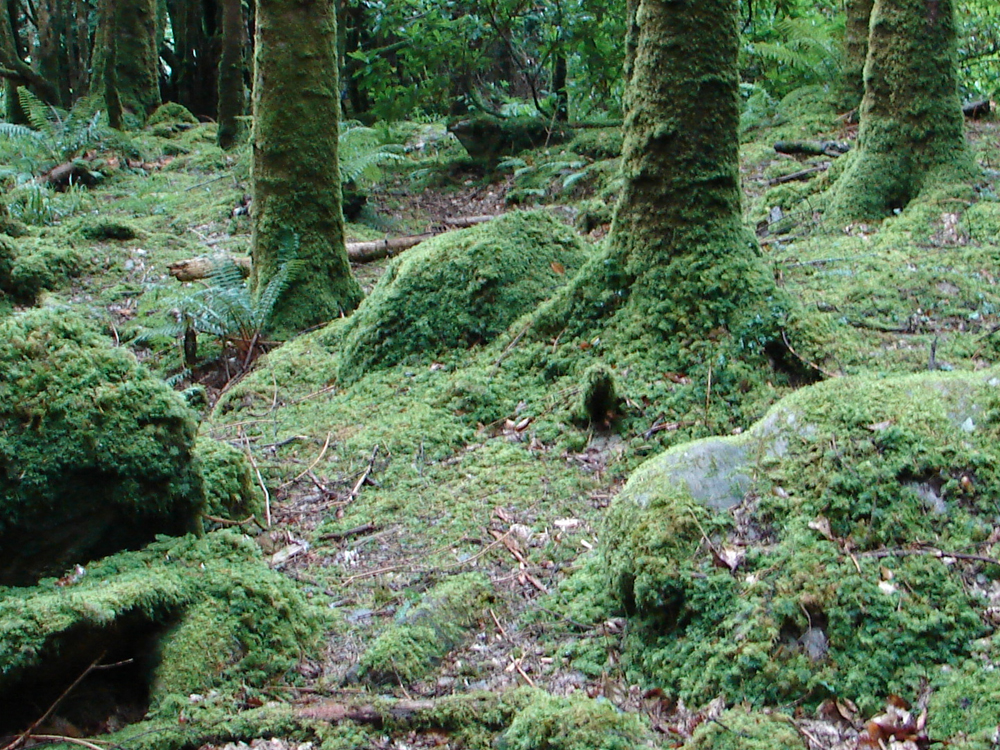
Many of the mosses live within the forest as epiphytes, growing on the trunks and branches of the forest's trees and adding to the ever-present and overwhelming color of green. Butterwort, spurge, fungus and lichen add to the incredible diversity of plant life found in Killarney National Park.
Get the world’s most fascinating discoveries delivered straight to your inbox.
Owengarriff River
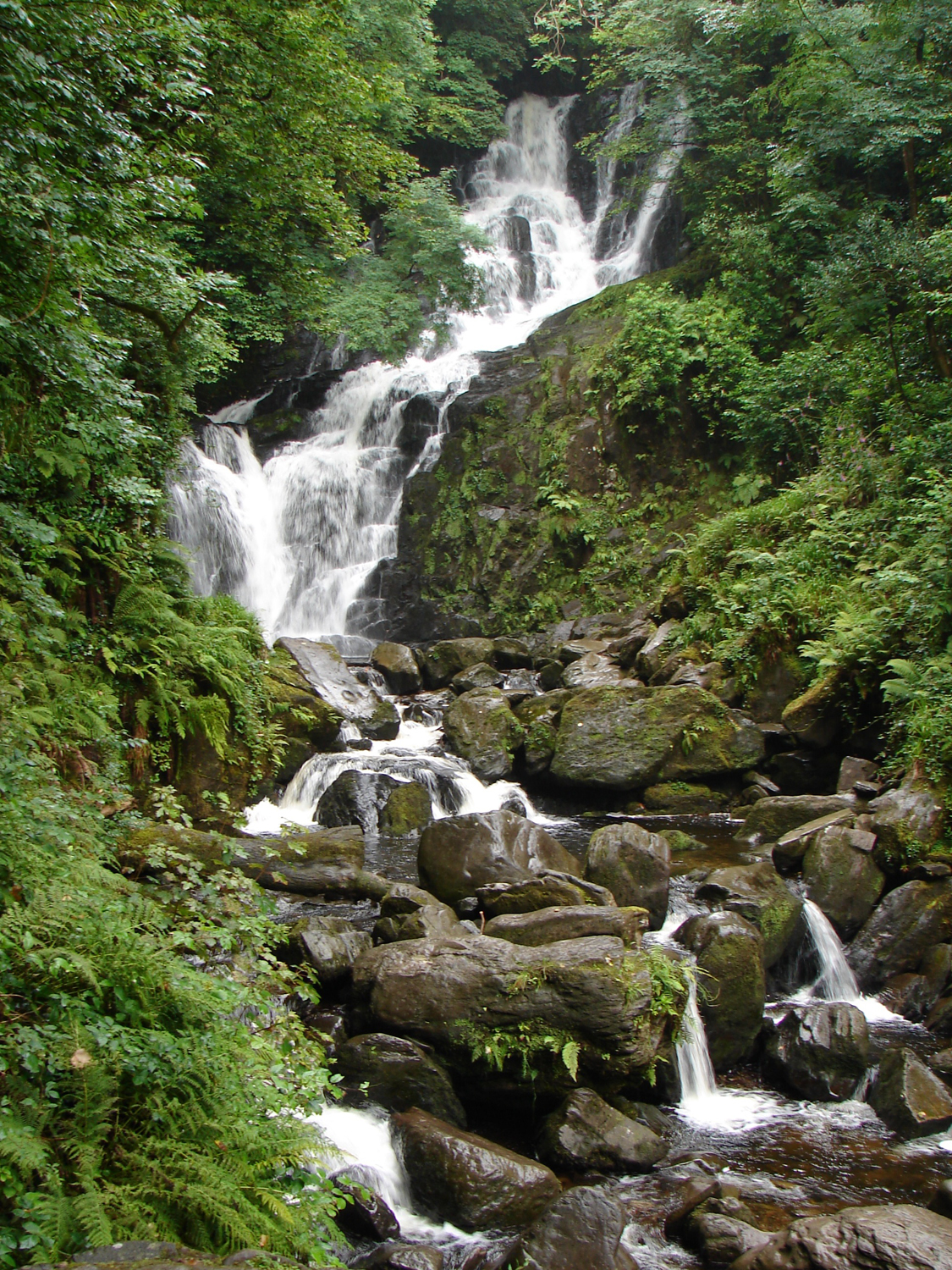
The Owengarriff River flows through the woodlands and into Muckross Lake. The ever-flowing fresh water exits the lake and forms the famous Torc Waterfall. The waterfall has a vertical drop of 60 feet (18 meters) and is especially spectacular after a heavy rainfall.
Lush Growth

The constant flow of water from the rivers and lakes, along with the average yearly rainfall of 49.7 inches (1,263 millimeters) allows for the lush growth of green plants throughout the national park. Mild average winter temperatures of 43 degrees Fahrenheit (6 degrees Celsius) and cool summers create an ideal environment for plant growth.
Air Effects
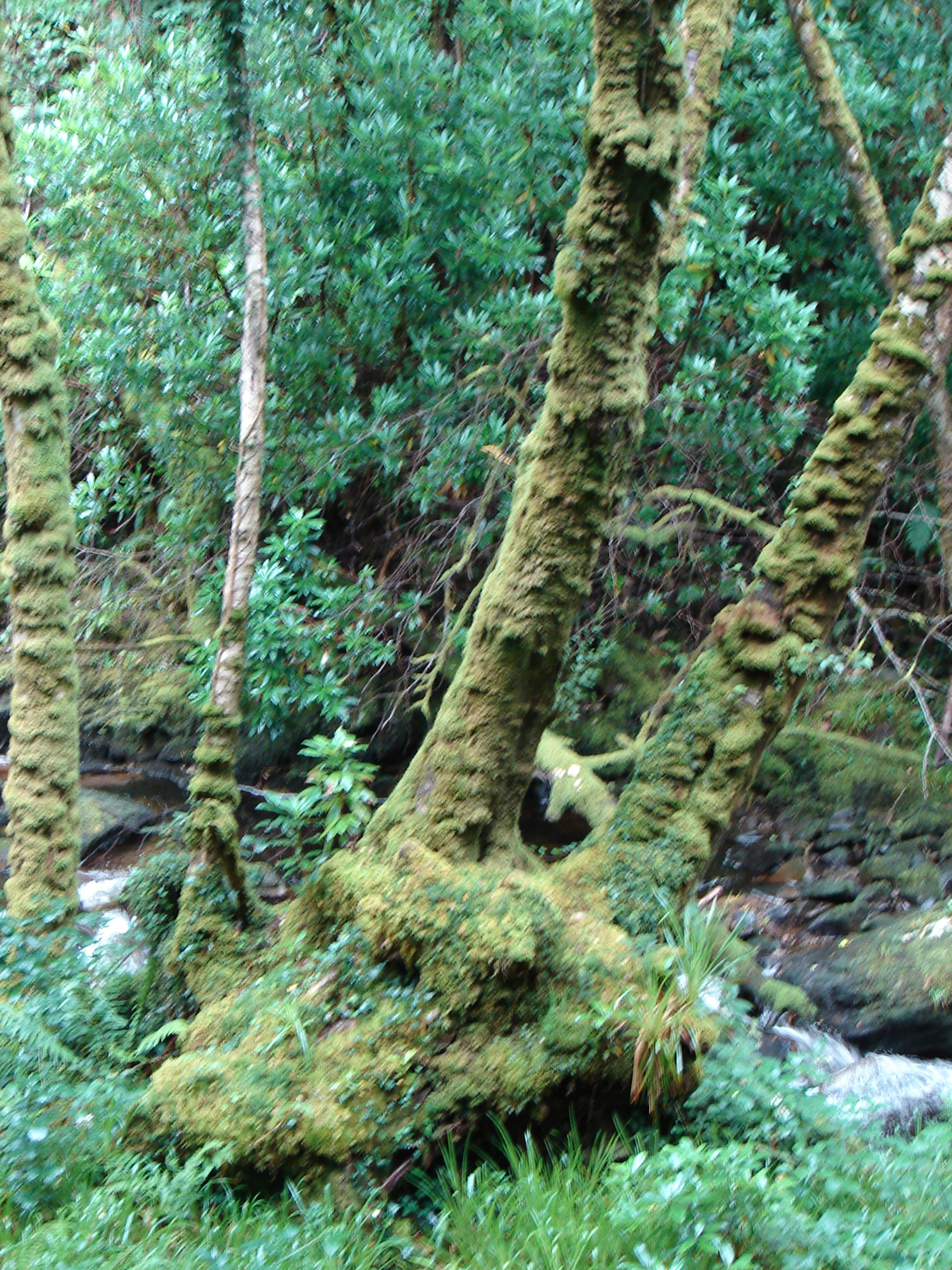
The Gulf Stream highly influences the climate of Killarney National Park. Within the park boundary are found mountain, riparian, woodland, moorland, bog and lake ecosystems. The geological structure of the park is predominately Devonian sandstone and Carboniferous limestone.
The Famous Shamrock

And since this is Ireland, a most common ground cover found throughout the national park's woodlands is the famous shamrock, Trifolium repens. The name shamrock comes from the Irish word "seamrog" which means "little clover." It is the symbol of Ireland and in medieval times was used for its medicinal properties.



